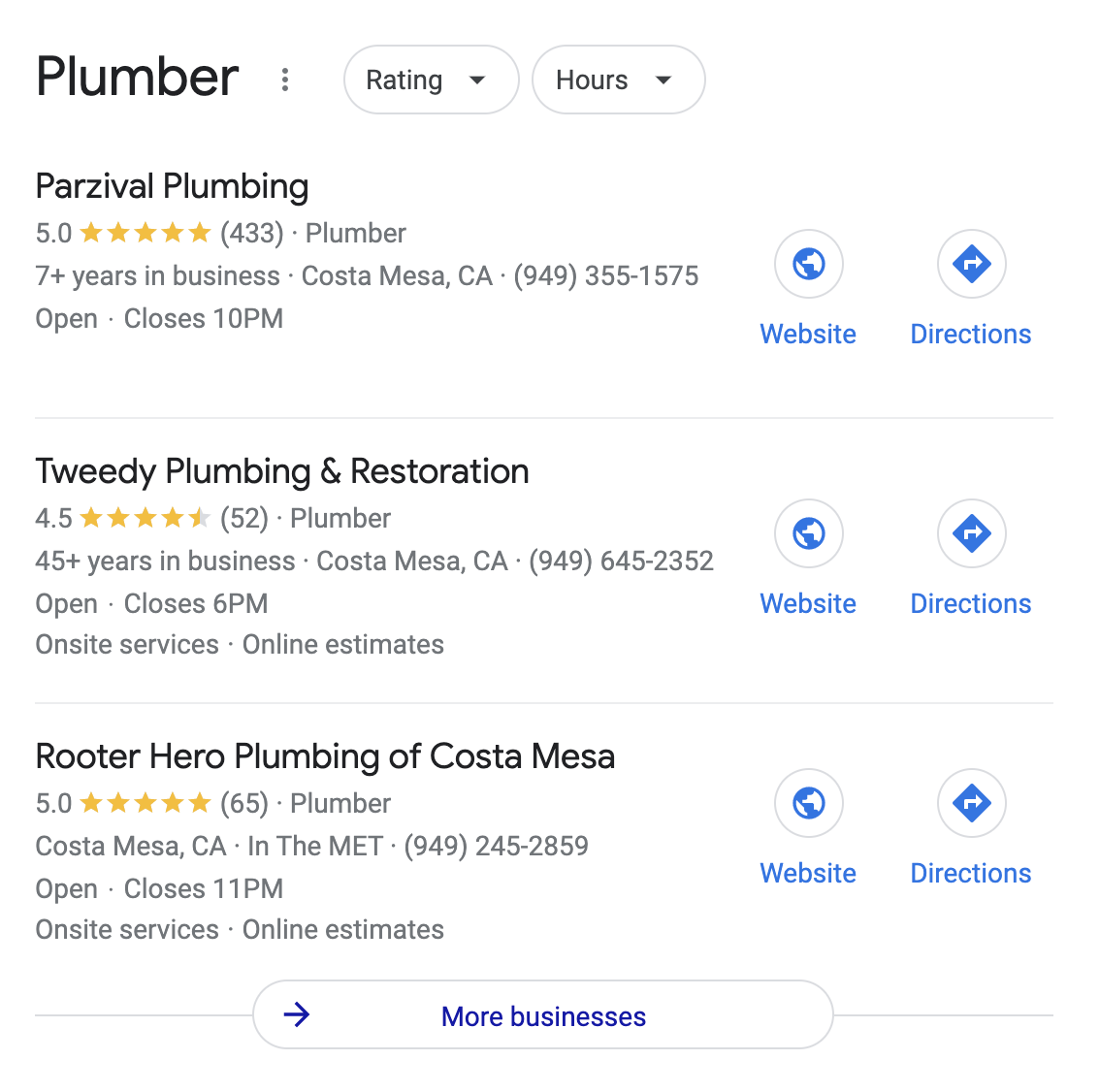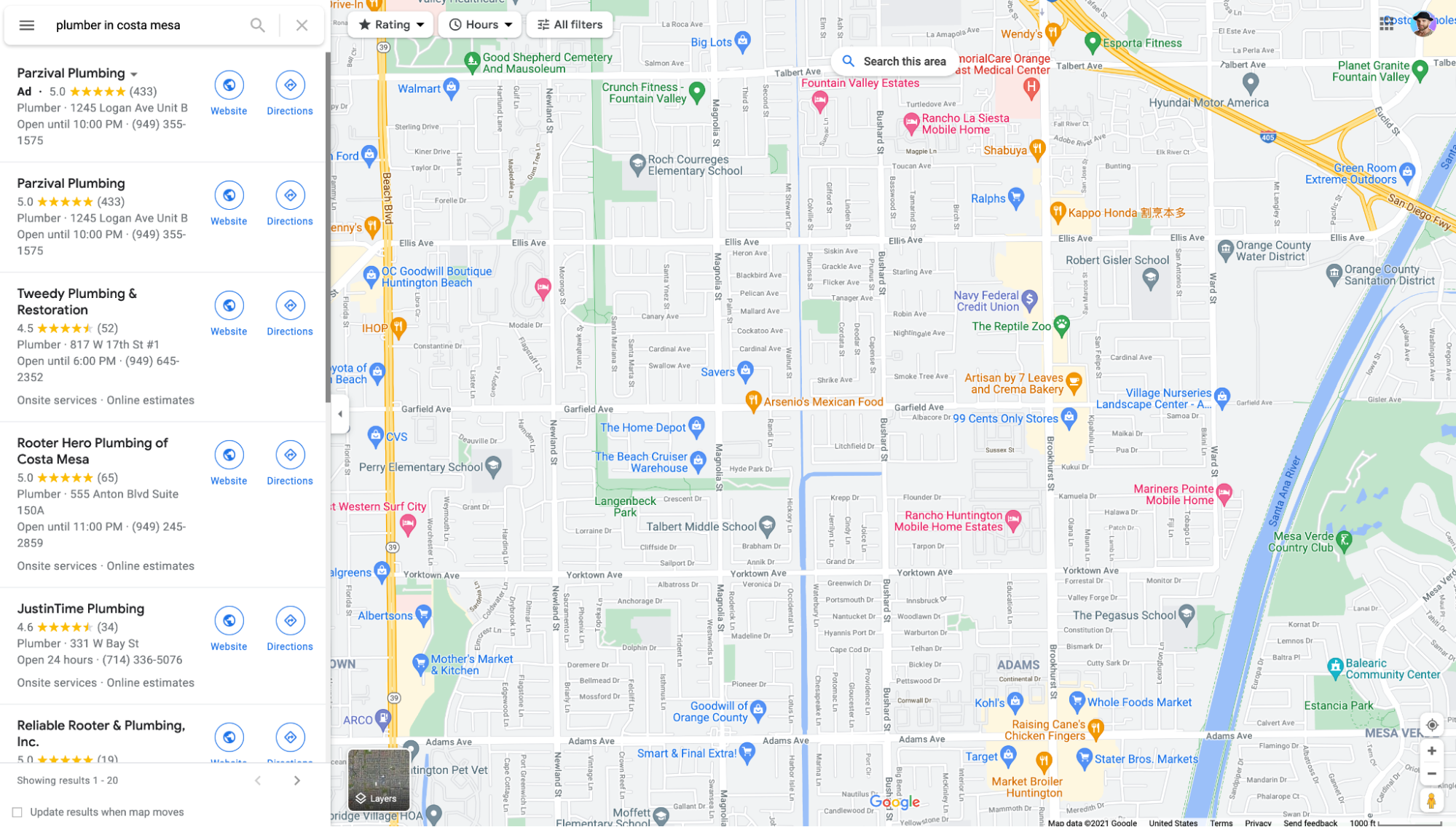Similar to various digital marketing strategies, search engine optimization (SEO) encompasses diverse approaches and philosophies. Broadly, SEO can be categorized into four distinct types:
- On-page SEO
- Off-page SEO
- Technical SEO
- Local SEO
In the following sections, we will delve deeper into each of these SEO techniques.
1. On-page SEO
On-page SEO, also referred to as on-page optimization or on-site SEO, entails the meticulous enhancement of individual web pages within your website. Its primary goal is to elevate their rankings in Google’s search results, thereby augmenting the flow of organic traffic to your site.
In contrast to off-page or technical SEO, on-page optimization is conducted on a page-specific basis rather than applying site-wide modifications. The core objective of on-page SEO is to facilitate a comprehensive understanding of your content’s significance and relevance to specific search queries, both for search engines and human visitors.
Think of on-page SEO as the quality control phase of your SEO efforts. It serves as the final checkpoint that your articles must successfully navigate before they are published—akin to meticulously dotting the i’s and crossing the t’s.
So, what precisely does on-page SEO optimize?
- Content: Does the content satisfy the searcher’s intent?
- Keywords: Do the keywords on the page explore the topic in depth?
- Title tags: Does the page title include keywords and entice clicks?
- Meta descriptions: Does the description provide an actionable CTA and include keywords?
- Robots tags: Is the page indexable by search engines?
- Images: Do images load quickly and include captions, titles, and alt tags?
- Internal links: Does the article internally link to other relevant resources and existing content on your site?
- External links: Does the article externally link to other relevant and reputable resources across the web?
- URL slugs: Is the URL slug clear, concise, and descriptive?
- Heading tags (AKA H-tags): Is the article organized hierarchically (headings and subheadings) from top to bottom?
2. Off-page SEO
Off-page SEO, also known as “off-site optimization,” encompasses the strategies and actions conducted outside your website domain to foster trust, credibility, and authority. The cumulative effect of these strategies contributes to the enhancement of your website’s organic search rankings.
Google’s search engine algorithms primarily seek two key aspects when evaluating websites for ranking:
Firstly, they assess the relevance of your website’s content to the search query entered by a user on Google. In essence, this involves determining whether your web page effectively fulfills the searcher’s intent. This task falls within the purview of on-page SEO.
Secondly, if Google were to inquire within your industry about your website’s relevance and credibility as a reputable source of information, who within your industry would vouch for you? This aspect is the responsibility of off-page SEO.
The components of off-page SEO are quite comprehensive, and marketers often include a wide array of tactics, ranging from social media marketing to influencer outreach to podcasting, under its umbrella. In reality, what you categorize as off-page SEO matters less than its influence on one of the following three fundamental elements:
- Trust: Building trust with your audience and within your industry is vital. This can involve actions like garnering positive reviews, earning backlinks from authoritative sources, and establishing your brand as a reliable resource.
- Credibility: Demonstrating your website’s credibility involves actions such as having reputable websites link to yours, gaining endorsements from experts in your field, and consistently producing high-quality, reliable content.
- Authority: Becoming an authoritative figure in your niche is achieved through strategies like creating exceptional, informative content that others want to reference, and positioning your website as a valuable resource in your industry.
In essence, off-page SEO encompasses various practices, but the key is that they all contribute to enhancing trust, credibility, and authority—essential factors in optimizing your website’s performance in organic search rankings.
- Backlinks (AKA “link building”): Do other reputable and authoritative websites (i.e., those with high domain authority) link back to your website?
- Brand signals: If not a direct link, do reputable and authoritative websites mention you in their content?
- Vertical search rankings (AKA “Barnacle SEO”): What other search engines or websites (e.g. Yelp, G2, Capterra, HealthGrades, etc.) rank in the top spots
3. Technical SEO
Technical SEO involves enhancing your website’s performance, focusing on its technical infrastructure, to facilitate easy crawling, indexing, and rendering by search engines. Simultaneously, it ensures that visitors to your website enjoy a smooth and positive user experience.
The significance of technical SEO lies in its role as the foundational framework for effective search engine optimization. Even if your website boasts relevance and authority, these attributes won’t translate into high rankings if Google encounters difficulties when crawling and indexing your site.
As the name implies, technical SEO demands genuine technical proficiency and encompasses the following critical components:
- Crawling and indexation: Can search engines find, access, and rank your content?
- Website speed: Does your website load within 1-2 seconds?
- Website structure and hierarchy: Can Google and visitors easily find what they’re looking for?
- Mobile friendliness: Is your website experience on a mobile device just as good, if not better, than your desktop?
- Duplicate content (canonicalization): Is there any duplicate content (both accidental and intentional) on your site that’s causing search ranking issues?
- XML sitemaps: Do you provide search engines with a secondary option for finding your pages?
- URL structure: Can search engines and visitors find out where they’re at on your website or identify which page they’re on just by reading the URL?
- HTTPS security (TLS/SSL certificate): Is data encrypted if visitors share it on your website?
- Core Web Vitals: Do you pass Google’s CWV test that measures interactivity, visual stability, and loading?
- Structured data (schema markup): Do you use structured data to help search engines understand the meaning of your content?
4. Local SEO
Local SEO is a subset of SEO that entails a few activities that are exclusive to local businesses.
The goal of local SEO is to increase rankings for search queries with local intent.
Though all local businesses should also perform on-page, off-page, and technical SEO to help rank in local organic results, local SEO has two other indexes it needs to rank in: Local Pack and Maps.
Local Pack (also called “Snack Pack”) results are the block of three business listings when you search for a local business.
Below is an example of a Local Pack for the search query “plumber in Costa Mesa”:

Map results, on the other hand, refer to search results that appear in Google Maps.

Example of Google Maps results
Ranking in Maps and Local Pack requires more than just on-page, off-page, or technical SEO. It requires:
Google My Business (GMB): A GMB page is the business page that shows up in Local Pack and Map results. You can’t rank there without it.
Citations (NAP consistency): A citation is an instance of your (N) name, (A) address, and (P) phone number somewhere across the web, but usually within an online business directory like Yelp or Healthgrades, or YP. Not only do you need citations to rank locally, but your name, address, and phone number need to be consistent, too.
Reviews: As in testimonials from your customers left on Google, Bing for Business, Facebook, or the BBB.